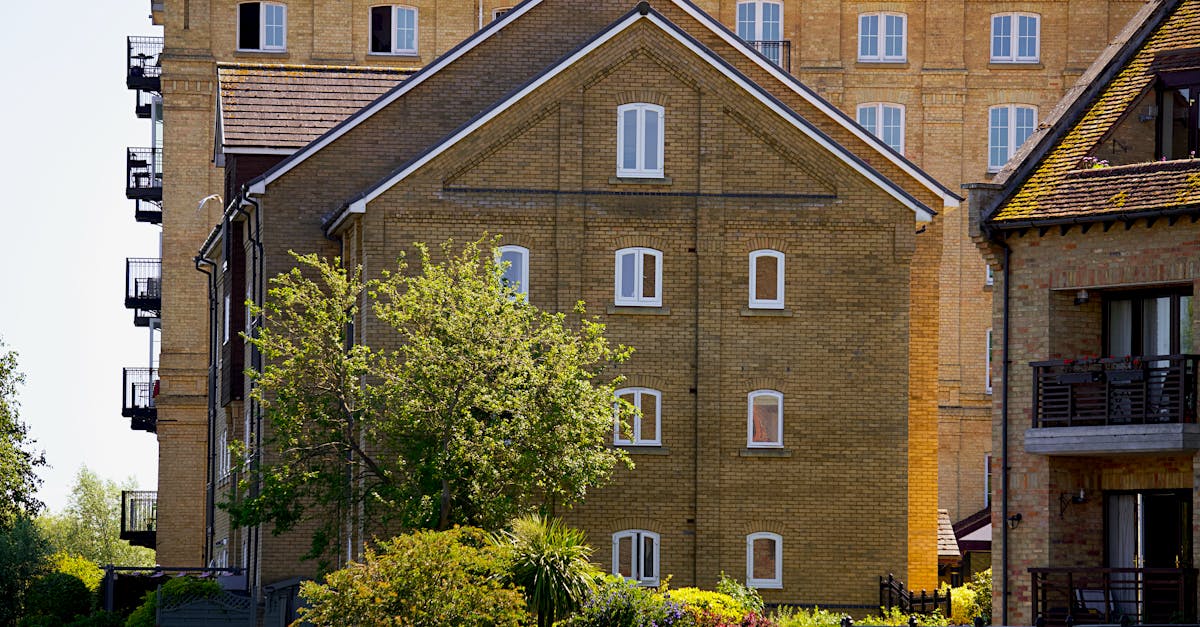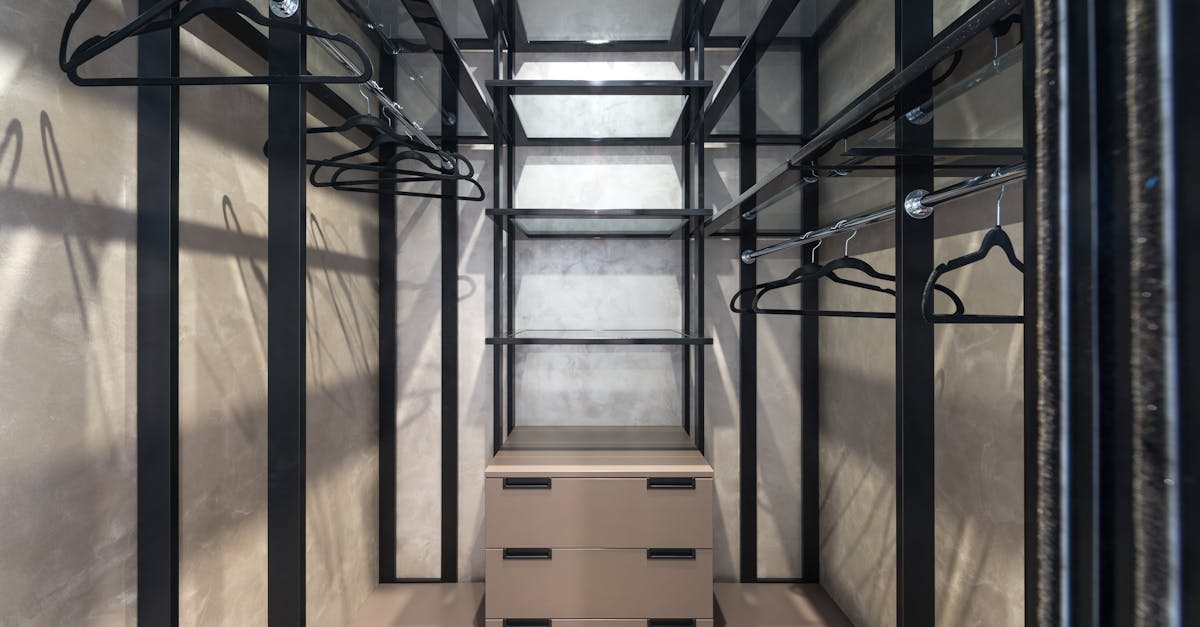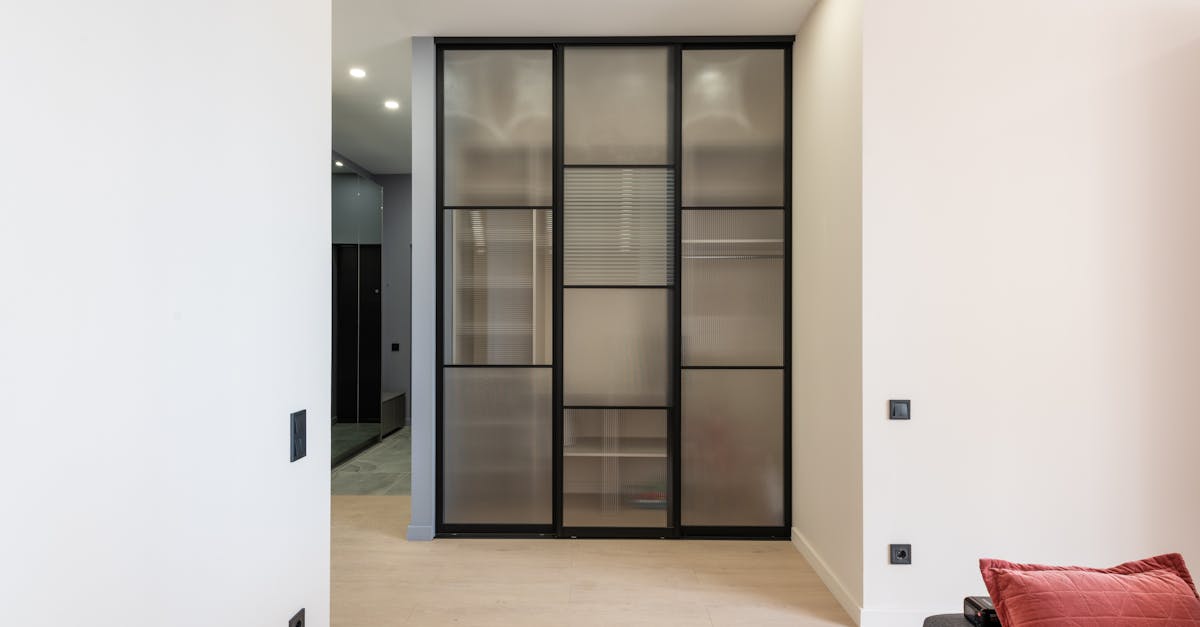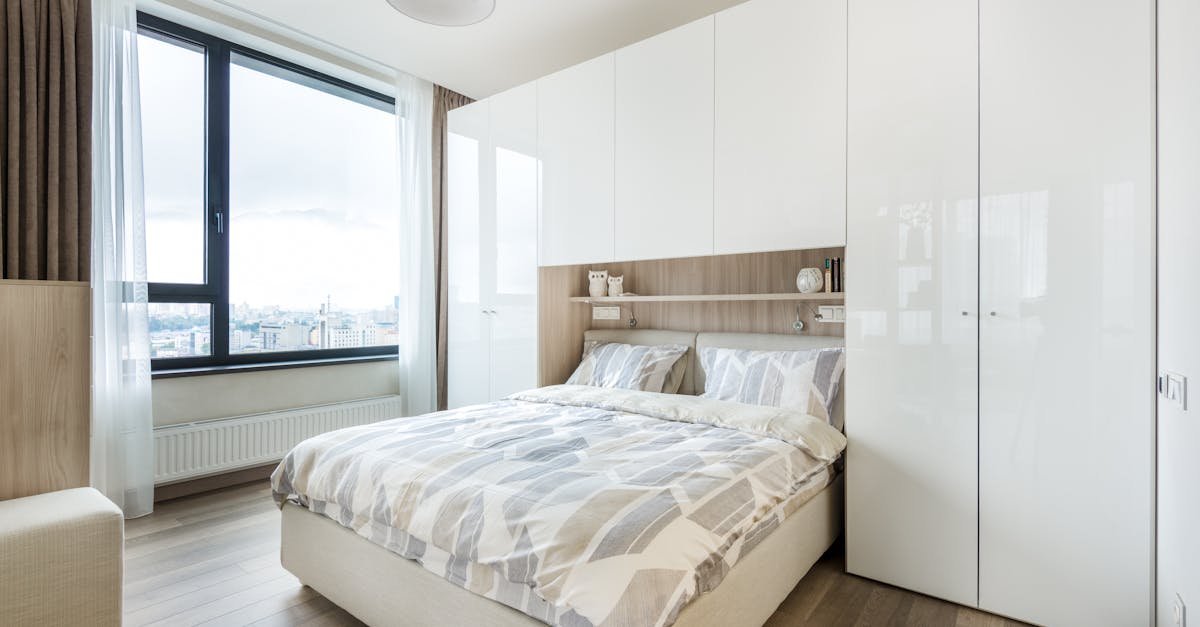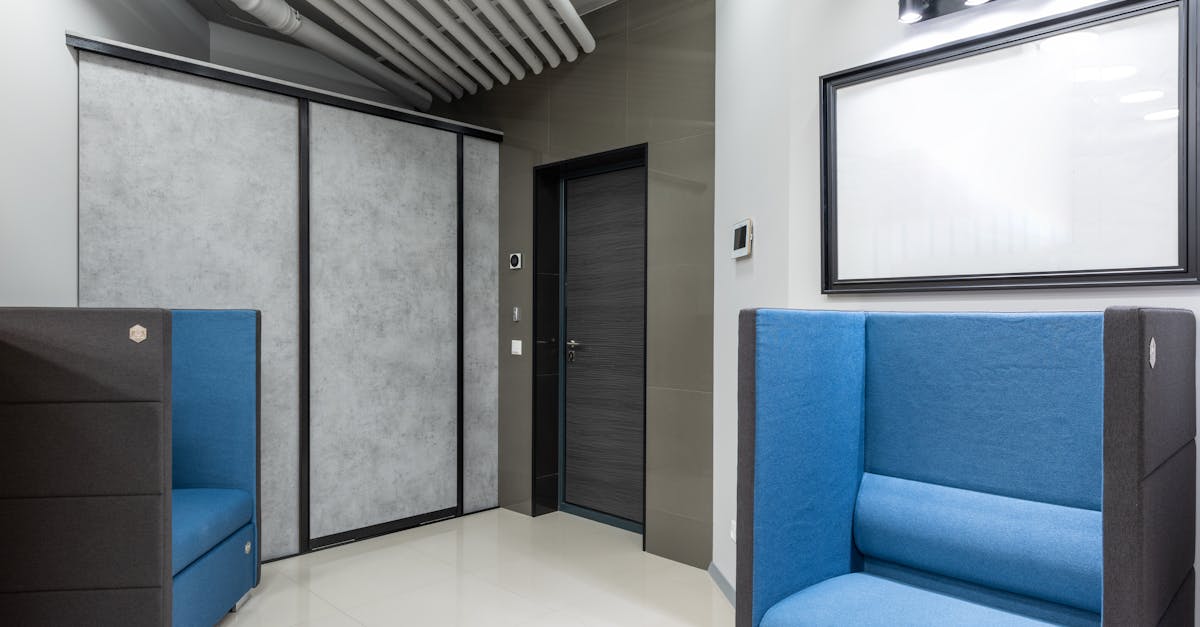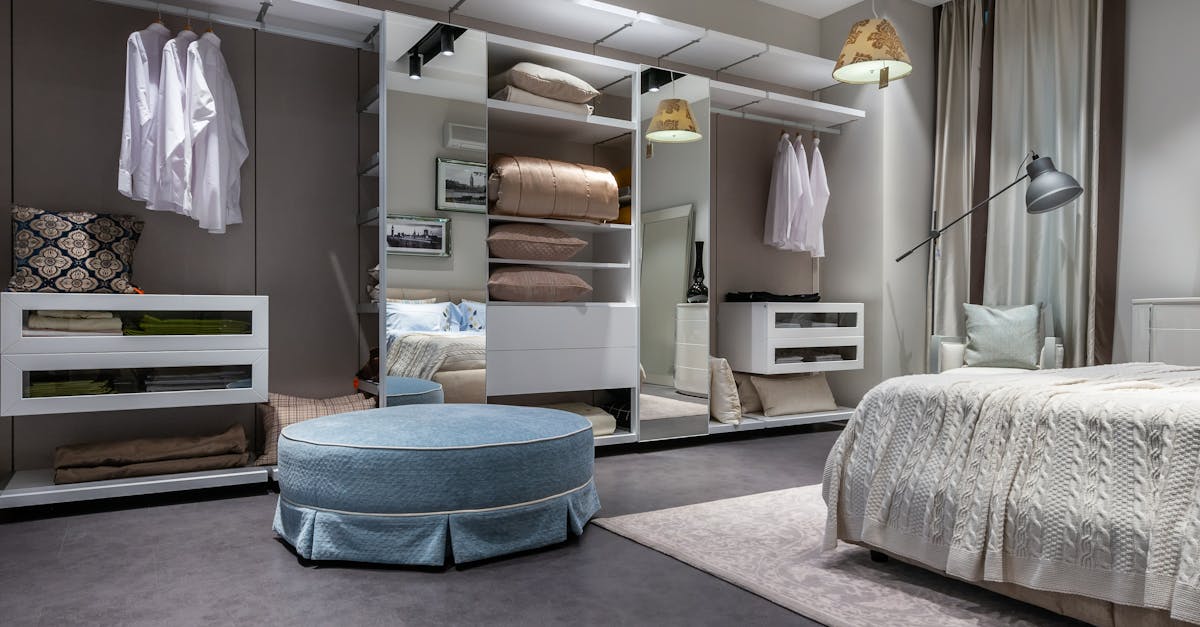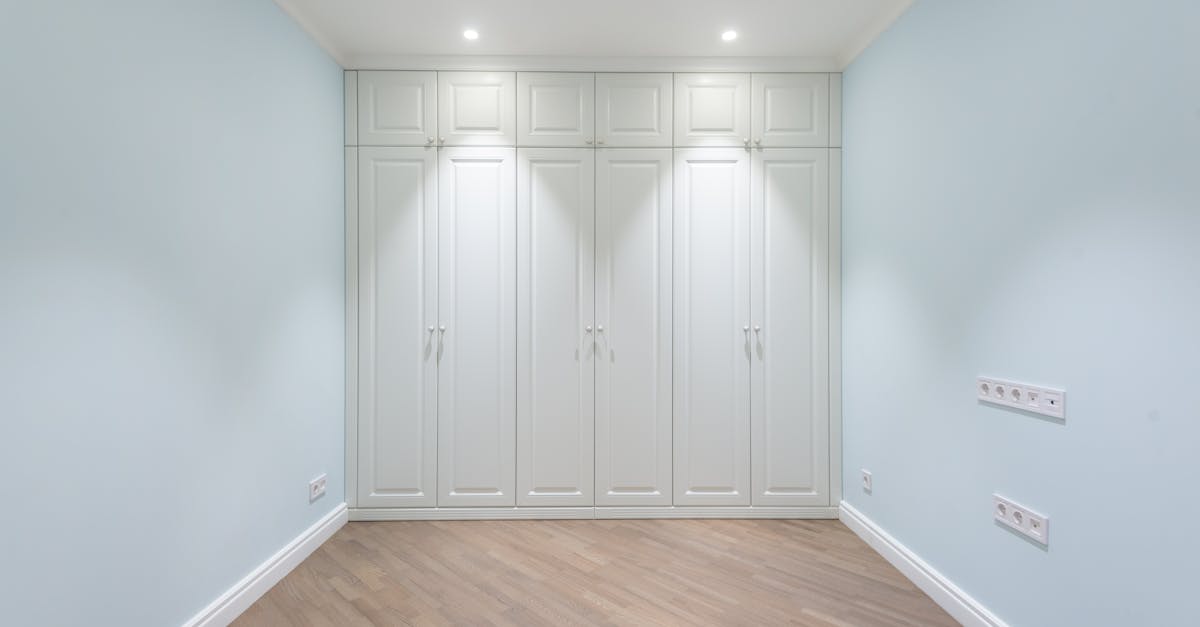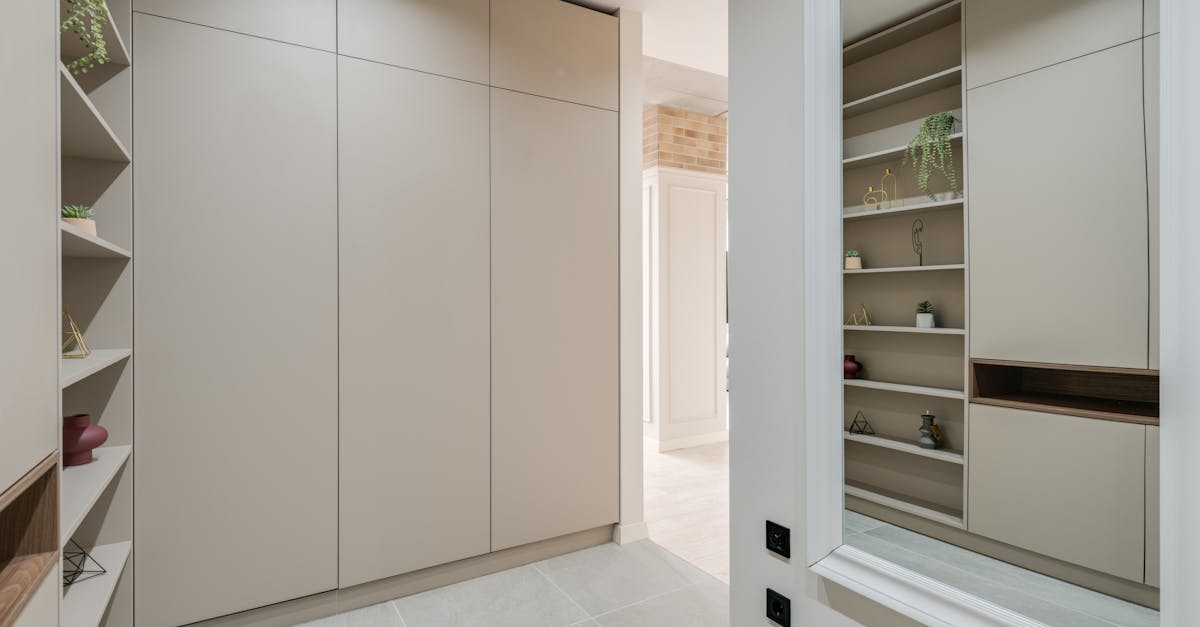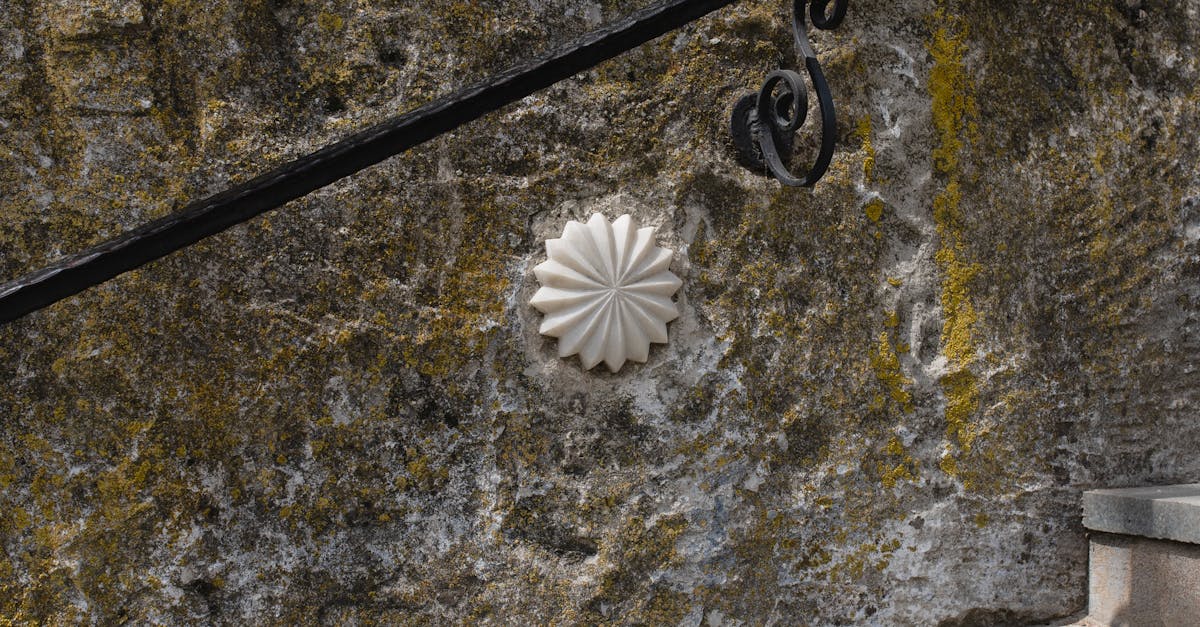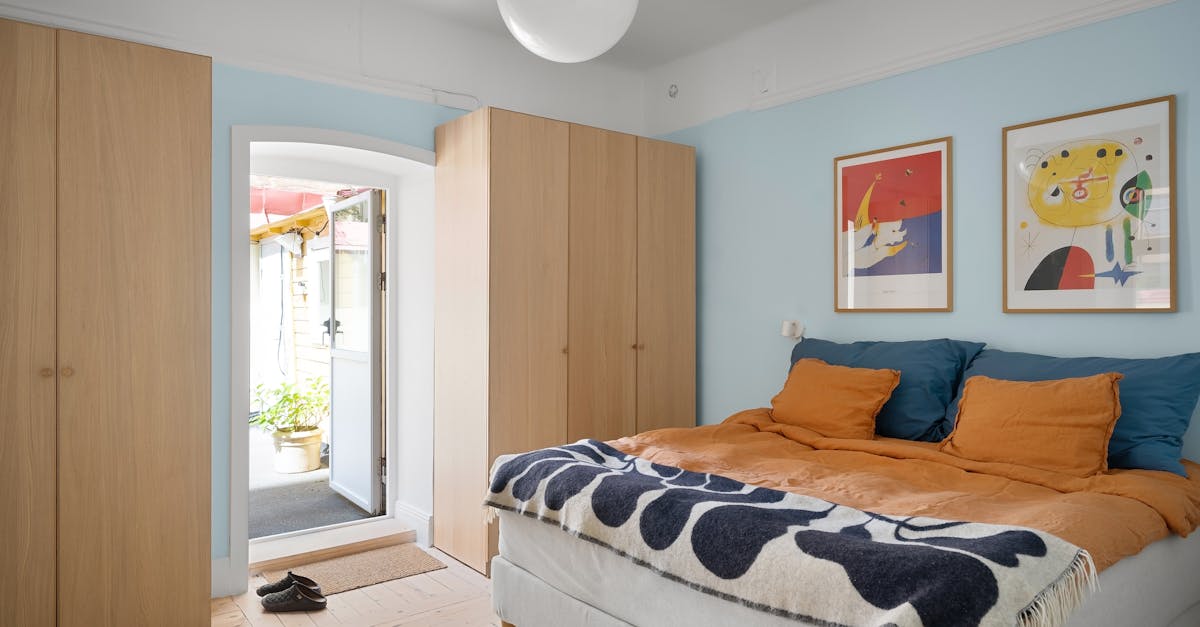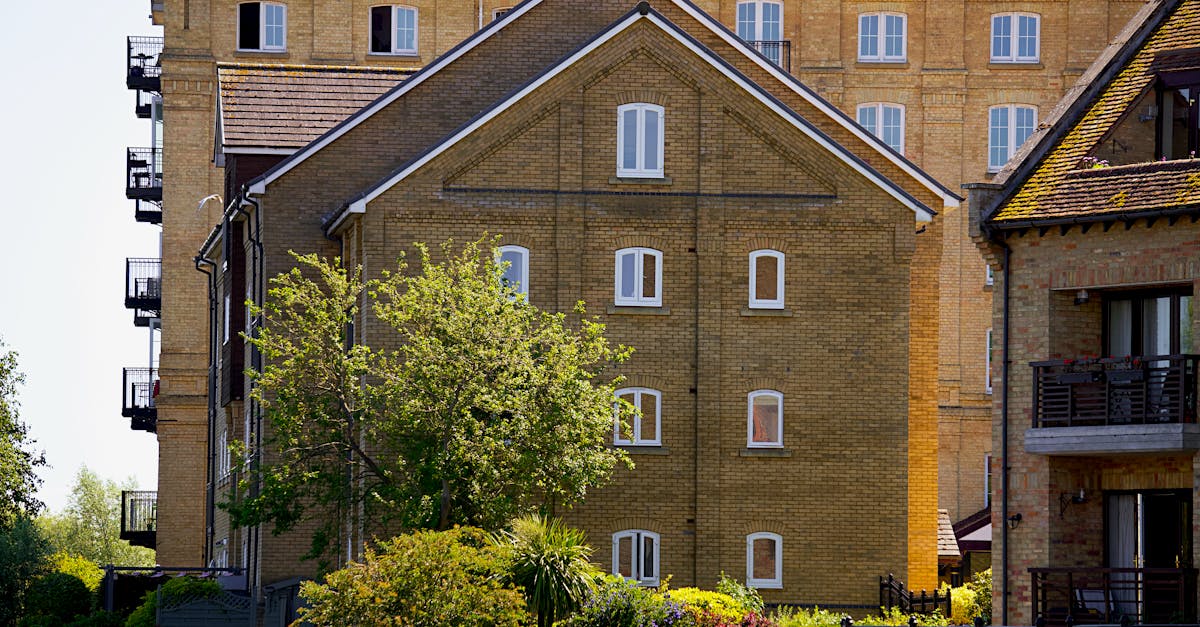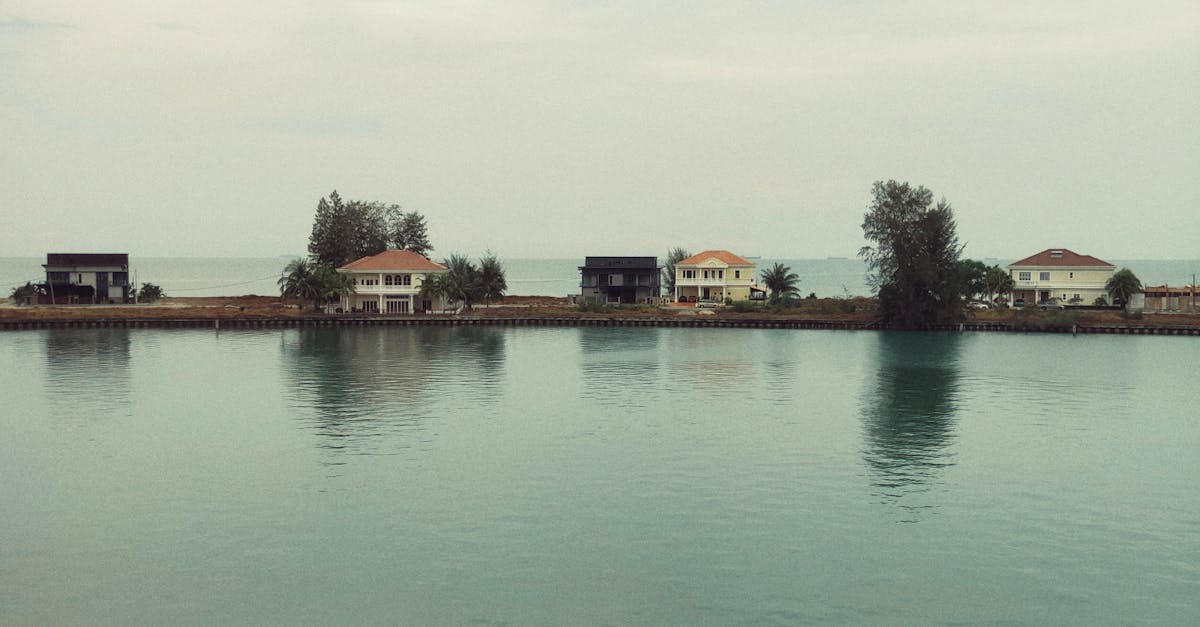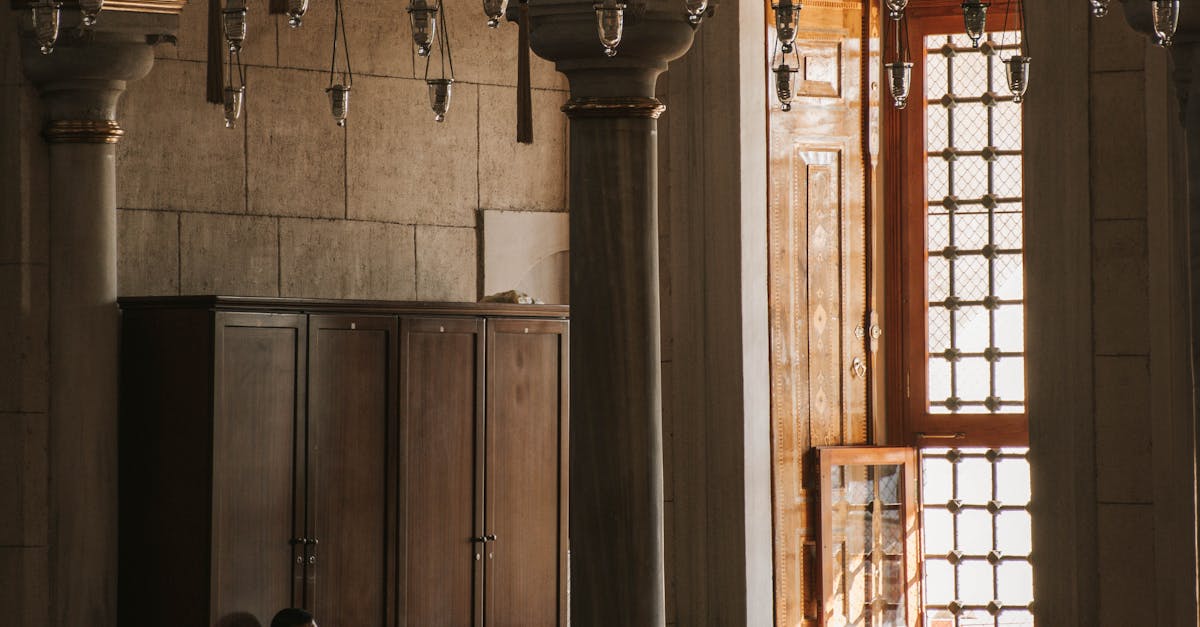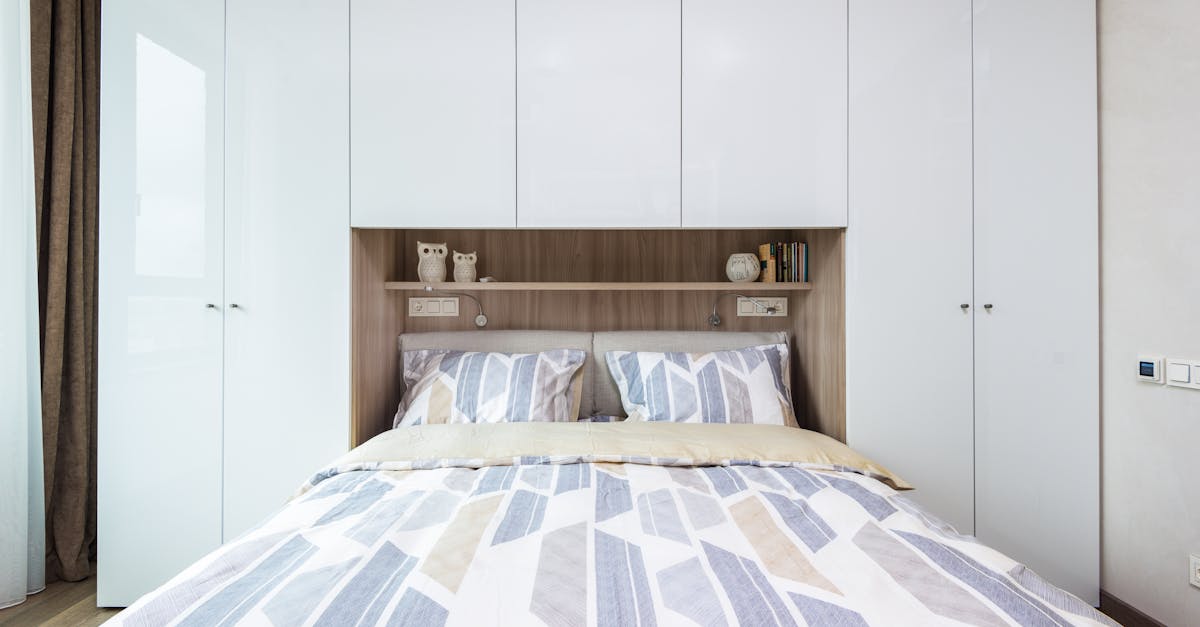
Table Of Contents
How to Choose the Right Cabinets for DIY Installation
When embarking on a DIY cabinet installation project, one of the most crucial steps is selecting the right cabinets. Start by measuring the space where the cabinets will be installed. Taking accurate measurements will ensure that the cabinets fit perfectly and create a seamless look in the room. Consider the layout of the room and the functionality you desire from the cabinets. Custom Cabinetry Design and Installation in Taren Point, New South Wales recommends opting for cabinets that not only complement the aesthetic of the space but also provide ample storage solutions for your needs.
Additionally, take into account the quality and durability of the cabinets. Look for materials that can withstand the daily wear and tear, especially in high-traffic areas like the kitchen. Custom Cabinetry Design and Installation in Taren Point, New South Wales suggests choosing cabinets made from premium materials to guarantee longevity. Evaluate different styles and finishes to find cabinets that align with your personal style and the overall design scheme of the room.
Considering Cabinet Size and Weight
When it comes to installing cabinets on your own, one crucial factor to consider is the size and weight of the cabinets. Custom Cabinetry Design and Installation in Regents Park, New South Wales, offers cabinets in various dimensions and materials. Cabinets can range significantly in weight and size, so it's essential to know your limitations before starting the installation process.
Before purchasing cabinets for self-installation, measure the space where they will be placed carefully. Consider the height, width, and depth to ensure a proper fit. If you opt for larger cabinets, ensure that you have the necessary support structures in place to handle the weight. It's important to be realistic about what you can comfortably handle to prevent any accidents or damage during the installation process.
DIY Cabinet Installation Tips for Beginners
When embarking on a DIY cabinet installation project, it is crucial to first gather all the necessary tools and materials before starting. The tools needed for this project often include a measuring tape, screwdriver, level, drill, stud finder, and safety equipment such as gloves and goggles. Additionally, ensure that you have all the required materials such as cabinets, screws, brackets, and any other specific hardware outlined in the installation instructions. When you have everything prepared, begin by carefully following the step-by-step instructions provided by the manufacturer for your specific cabinet model.
Custom Cabinetry Design and Installation in Rose Bay, New South Wales emphasizes the significance of utilizing proper lifting techniques when handling cabinets. It is essential to prioritize your safety and prevent any injuries during the installation process. When lifting heavy cabinets, always remember to bend your knees and keep your back straight. Utilize the strength in your legs to lift the cabinets and avoid any awkward movements that could strain your muscles. If the cabinets are too heavy to handle alone, consider asking for assistance from a friend or family member to ensure a secure and smooth installation process.
Utilizing Proper Lifting Techniques
When it comes to installing cabinets on your own, proper lifting techniques are crucial to ensure your safety and avoid any potential injuries. Custom Cabinetry Design and Installation in North Curl Curl, New South Wales emphasizes the importance of lifting with your legs rather than your back. This means bending your knees, keeping your back straight, and using the strength of your legs to lift the cabinets.
Additionally, when lifting cabinets, it is essential to have a firm grip and maintain control throughout the process. Always lift and carry the cabinets close to your body to reduce strain on your arms and back. Custom Cabinetry Design and Installation in North Curl Curl, New South Wales suggests seeking assistance if the cabinets are too heavy or bulky for one person to handle safely. Working together with a partner can make the lifting process easier and more manageable.
Cabinet Installation Cost Breakdown
Custom cabinetry design and installation can be a significant investment, and understanding the cost breakdown is crucial for those planning a DIY project. When budgeting for cabinet installation, one must consider the expenses associated with tools and materials. Necessary items may include screws, nails, drills, hammers, levels, and safety gear. Additionally, specialized tools like a stud finder, cabinet jack, and clamps may be required depending on the complexity of the installation.
In addition to tools, the cost breakdown should take into account the materials needed to complete the project. This can range from the actual cabinet units to finishing touches like knobs and handles. Custom Cabinetry Design and Installation in Oatlands, New South Wales, might involve costs for different types of wood, finishes, and hardware. It is essential to research and compare prices to ensure that the budget aligns with the desired quality and aesthetic of the final project.
Budgeting for Necessary Tools and Materials
Budgeting for necessary tools and materials to install cabinets is a crucial step in ensuring a successful DIY project. To begin, make a detailed list of all the tools needed such as a drill, screwdriver, measuring tape, level, and safety goggles. Additionally, double-check that you have an adequate supply of screws, brackets, and other hardware required for the installation process. Custom Cabinetry Design and Installation in West Hoxton, New South Wales recommends setting aside a specific budget for tools and materials to avoid any last-minute trips to the hardware store, which can disrupt the flow of the installation process.
When budgeting for materials, consider the quality of the items you are purchasing. While opting for cheaper materials may seem cost-effective at first, investing in higher-quality cabinets and hardware can result in a more durable and aesthetically pleasing finished product. Custom Cabinetry Design and Installation in West Hoxton, New South Wales suggests allocating a portion of your budget towards high-quality cabinet materials to ensure longevity and satisfaction with the final installation. By carefully planning and budgeting for necessary tools and materials, you can streamline the installation process and achieve professional results even as a DIY enthusiast.
FAQS
Can one person install cabinets alone?
Yes, one person can install cabinets alone, but it is recommended to have someone help with heavier or larger cabinets for safety reasons.
What tools are needed for installing cabinets?
Common tools needed for cabinet installation include a drill, screwdriver, level, measuring tape, stud finder, and clamps.
Is it difficult to install cabinets as a beginner?
Installing cabinets can be a challenging task for beginners, but with the right tools, preparation, and patience, it is possible to successfully complete the installation.
How do I ensure the cabinets are installed securely?
To ensure cabinets are installed securely, make sure to attach them to wall studs, use proper hardware, and double-check measurements and levels throughout the installation process.
Are there any safety precautions to consider when installing cabinets?
Yes, safety precautions when installing cabinets include using proper lifting techniques, wearing appropriate safety gear, and securing cabinets properly to prevent accidents or injuries.
